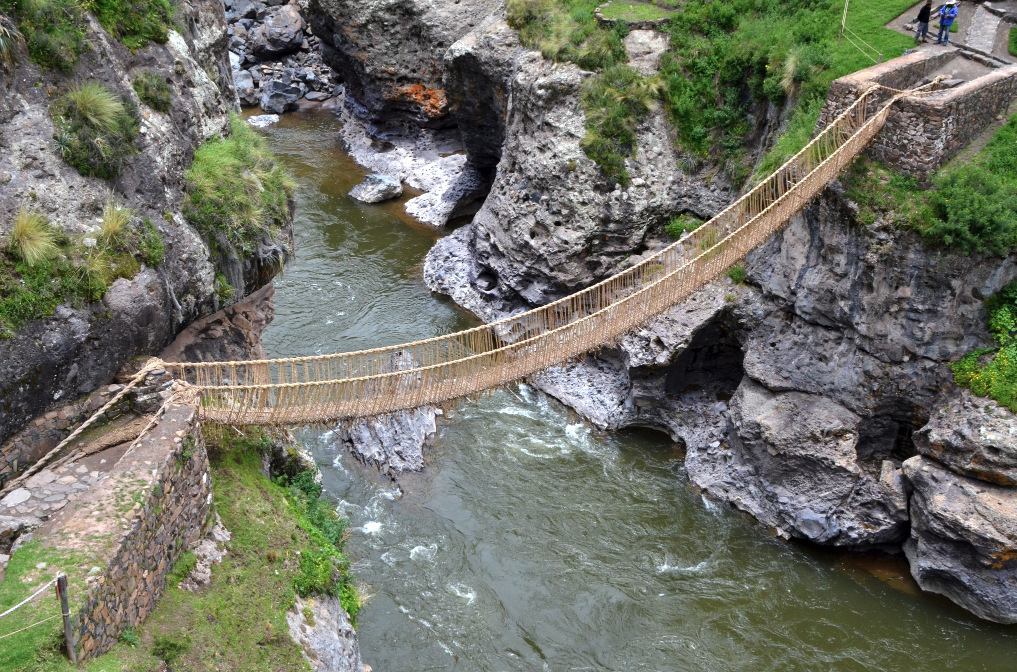In this video, we will explore the question of what makes a human human, given that for almost 90% of our time on Earth, we have had close ape relatives walking alongside us. Homo sapiens, the newest species of ape, made their debut around 300,000 years ago, joining at least three other close ape relatives on Earth. While some scientists use the word human to refer only to Homo sapiens, others use it to refer to other species within the hominid family as well.
Humans share about 99% of their DNA with chimpanzees and bonobos, who are our closest living relatives. However, humans did not evolve from chimpanzees or any other living ape. Chimps and humans split from a common primate ancestor around seven million years ago, and we have each been moving along our own evolutionary branches ever since. Researchers have identified at least 20 other hominid species that have lived across the past seven million years, but how these hominids are related to each other and to us is still being worked out.







